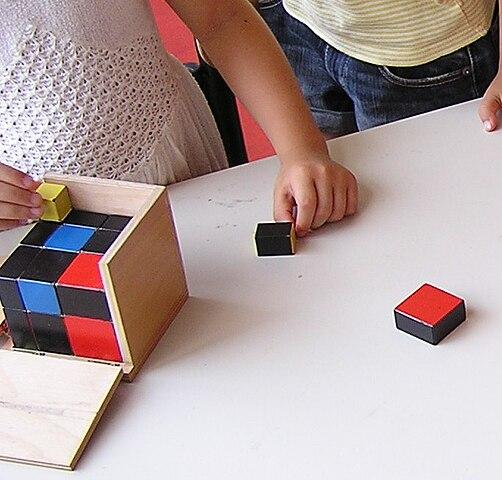Best Practices for Schools to Cut Costs

Just as the cost of living continues to rise, so does the cost of running an educational institution, which is putting an increased strain on schools that have to cut their cloth accordingly.
Now more than ever, schools must strike a balance between streamlining their expenditures and providing their students with all the resources they need to achieve academic success. Failure to do this could result in these institutions becoming unsustainable.
Thankfully, there are several things schools can do to keep costs down while still developing children into A-grade pupils. In this post, we’ll highlight seven of the best practices they can adopt to help them strike this happy medium.
1. Bulk buy equipment
Schools need a lot of equipment to help students achieve the high level of academic success they desire. However, given that the average classroom size in Australia is around 25 students, this can be an expensive undertaking.
For this reason, it is wise to benefit from economies of scale by ordering in larger quantities. This might involve purchasing laptops or bulk headphones for schools from TechXpress or sports equipment and musical instruments from specialist retailers.
The key to doing this is tight forecasting, which will enable you to enjoy significant cost reductions without having to order excess amounts that won’t be used.
2. Reduce energy consumption

According to Integrated Technologies Australia, the average school spends around $200,000 a year on energy costs. These can include everything from air conditioning/heating and lighting to electronic devices and kitchen appliances.
While this is a significant outlay, schools can reduce their energy bills by switching to energy-efficient light bulbs and appliances.
At the same time, they should also turn off all lights, computer equipment and other non-essential equipment when school finishes, as you are effectively wasting money by leaving them on when all the students have gone home.
3. Lower paper usage
Schools in Australia spend upwards of $50k a year on classroom paper, which is around six million individual sheets per educational institution.
While you might not want to become completely paperless – children love to draw, after all – you can notably reduce the amount of paper you use by embracing more of a cloud or device-led online learning model.
Doing this not only saves them money but also can engage students better in what is being taught.
4. Automate

Schools don’t just spend money on student and classroom resources. There are several other aspects that cost money and take up valuable resources. They include lesson scheduling, tracking attendance and collecting tuition fees.
One area where they can save on the amount of time, energy, and costs involved in these activities is by automating these processes.
There are several software programs available that can conduct these tasks efficiently and with the minimum of effort on the part of your staff. As a result, they allow them to focus on what they do best—teaching children—while improving the school’s bottom line.
5. Create an e-Library
E-libraries divide opinion because many institutions believe reading from a physical book is the best way to learn, especially for younger children. However, they can undoubtedly save your school a substantial amount of money and provide you with a range of other benefits.
For instance, if your school has 1000 students and your library has, on average, 10 books for each one, you will have to fork out for 10,000 books.
Suppose they cost, on average, $20 for each (brand new) – that equates to around $200,000. When you throw in the cost of running the library on an annual basis, that figure grows even higher.
Digital libraries can significantly slash this cost, and unlike a physical library, it is easier to rotate and update the range of titles available without losing money and replace those that aren’t being read with others that might be.
6. Staff salaries

The salaries of teachers and office admin staff will be a significant component of any school’s overall expenditure.
A high school of 1000 students, for example, might have as many as twenty or more teachers and employees earning, on average, $75k a year—which will amount to between $1.5 million and $2.25 million per annum.
In addition, schools will need to pay for benefits such as superannuation, which further increases overall spending.
One way to reduce this could be to offer teachers longer contracts at a slightly cheaper rate of pay in exchange for more job security. However, you will need to ensure you are hiring qualified teachers who will help your students reach their academic potential.
7. Re-evaluate school camps
If your budget is getting tight, school camps are an area you can explore to reduce costs.
While they do have huge educational value, school camps can be expensive. You have to pay for accommodation, meals, transportation, and 24-hour supervision for your students.
You could always consider reducing the time devoted to school camps or organising more individual trips that involve fewer costs.






